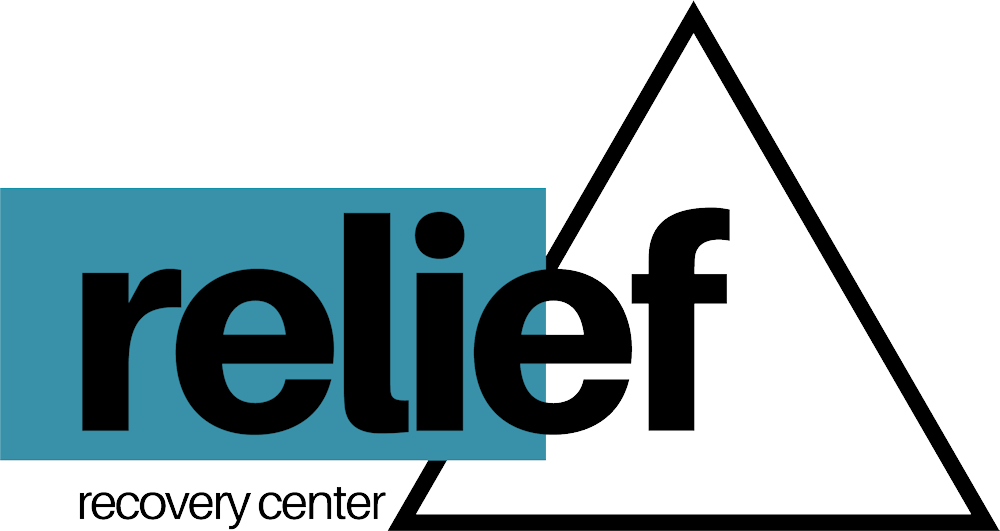In the United States, an estimated 11.4 million people misused prescription opioids in the past year, with many of those cases involving Percocet. This powerful painkiller, initially intended to alleviate suffering, has become a silent epidemic, trapping countless individuals in the grip of Percocet addiction. John*, a once-thriving professional, found himself spiraling into dependence after a routine surgery. What began as a temporary solution for post-operative pain morphed into a harrowing battle against addiction that cost him his career, relationships, and nearly his life.
Percocet addiction is a complex issue with devastating consequences. It’s a slippery slope, often starting with a legitimate prescription for pain management. This article aims to shed light on the path from prescribed use to dependency, exploring the factors that contribute to Percocet addiction, the signs and symptoms to watch for, and the available pathways to recovery.
What is Percocet?
Percocet is a prescription medication that combines two active ingredients: oxycodone and acetaminophen. Oxycodone, an opioid analgesic, is responsible for the drug’s pain-relieving properties. Acetaminophen, commonly known as Tylenol, is added to enhance the painkilling effects and reduce fever.
Primarily prescribed for moderate to severe pain, Percocet is often utilized after surgeries, injuries, or for chronic pain conditions. While effective in managing pain, the opioid component, oxycodone, carries a high risk of abuse and addiction. Opioids interact with the brain’s reward system, producing feelings of euphoria and pain relief, making them highly sought after. Even when used as prescribed, the potential for dependence and addiction is significant.
To learn more about the risks associated with prescription drug abuse, please visit our page on Prescription Drug Abuse.
The Progression of Percocet Addiction
The journey to Percocet addiction often begins innocently enough with a legitimate prescription for acute pain management. After a surgery, injury, or during a flare-up of chronic pain, a doctor may prescribe Percocet to provide relief. Initially, the medication works as intended, effectively reducing pain and improving quality of life.
However, with continued use, the body begins to develop tolerance to the drug. This means that over time, higher doses of Percocet are needed to achieve the same level of pain relief. As tolerance increases, so does the risk of dependence. The body becomes physically dependent on Percocet, meaning withdrawal symptoms occur when the drug is stopped or reduced. These symptoms can range from mild discomfort to severe flu-like symptoms, making it difficult to quit.
As dependence deepens, addiction may take hold. Addiction is characterized by compulsive drug-seeking behavior, even in the face of negative consequences. Individuals struggling with Percocet addiction may prioritize obtaining and using the drug above all else, neglecting their responsibilities, relationships, and personal well-being.
For a comprehensive definition of addiction, you can refer to the National Institute on Drug Abuse’s (NIDA) resources on drug misuse and addiction: https://www.nih.gov/about-nih/what-we-do/nih-almanac/national-institute-drug-abuse-nida.
Signs and Symptoms of Percocet Addiction
Recognizing the signs and symptoms of Percocet addiction is crucial for early intervention and successful treatment.
Physical Signs:
- Changes in sleep patterns, such as insomnia or excessive sleepiness.
- Fluctuations in appetite and weight, either significant weight loss or gain.
- Deterioration in physical appearance, neglecting personal hygiene.
- Noticeable changes in pupils, often becoming constricted.
Behavioral Changes:
- Social withdrawal and isolation from friends and family.
- Neglecting responsibilities at work, school, or home.
- Engaging in secretive or deceptive behavior to obtain or use Percocet.
- Doctor shopping, visiting multiple physicians to obtain prescriptions.
Psychological Symptoms:
- Unexplained mood swings, irritability, or agitation.
- Increased anxiety or the development of new anxiety disorders.
- Symptoms of depression, such as persistent sadness or hopelessness.
- Loss of interest in activities that were once enjoyable.
For further information on recognizing the signs of addiction, please visit our page on Recognizing Addiction Signs: [invalid URL removed].
Risks and Consequences of Percocet Addiction
Percocet addiction carries a multitude of risks and can have devastating consequences for individuals, their families, and communities.
Health Risks:
- Overdose, a potentially fatal consequence of taking too much Percocet.
- Organ damage, particularly to the liver and kidneys.
- Respiratory depression, a dangerous slowing of breathing that can lead to death.
Relationship Strain:
- Conflict and tension with loved ones due to the addict’s behavior.
- Isolation from friends and family as the addiction takes priority.
- Broken trust and strained communication within relationships.
Financial Problems:
- Significant financial burden due to the cost of obtaining Percocet.
- Job loss or inability to maintain employment due to the addiction.
- Debt accumulation and financial instability.
Legal Issues:
- Potential for engaging in illegal activities to obtain Percocet.
- Arrest and incarceration due to drug-related offenses.
- Legal battles and potential loss of custody of children.
According to the Centers for Disease Control and Prevention (CDC), over 16,000 deaths involving prescription opioids like Percocet occurred in 2021: https://www.cdc.gov/nchs/pressroom/nchs_press_releases/2022/202205.htm.
Treatment and Recovery Options
Percocet addiction is a treatable condition, and recovery is possible with the right support and resources. Several effective treatment options are available:
-
Detoxification: This is often the first step in the recovery process. It involves safely managing withdrawal symptoms under medical supervision. Medications can be used to ease discomfort and cravings during this challenging phase.
-
Medication-Assisted Treatment (MAT): Medications like buprenorphine (Suboxone) or methadone can help individuals manage cravings and reduce the risk of relapse. These medications work by interacting with the same brain receptors as opioids, but in a controlled and less harmful way.
-
Therapy: Both individual and group therapy play a vital role in recovery. Individual therapy allows individuals to address underlying issues that may have contributed to their addiction, such as trauma or mental health disorders. Group therapy provides a supportive environment for sharing experiences and learning from others in recovery.
-
Support Groups: Organizations like Narcotics Anonymous (NA) offer 12-step programs and peer support, which can be invaluable for maintaining long-term sobriety. Connecting with others who understand the challenges of addiction can provide a sense of community and hope.
For help finding treatment centers or support groups, please visit our Resources page: [invalid URL removed].
Prevention of Percocet Addiction
Preventing Percocet addiction involves a multi-faceted approach that addresses both the prescribing practices of healthcare providers and the education of patients.
-
Responsible Prescribing: Doctors must carefully evaluate patients before prescribing Percocet, considering their medical history and risk factors for addiction. When prescribing, they should start with the lowest effective dose and limit the duration of use.
-
Patient Education: Patients need to be fully informed about the risks of Percocet, including its potential for addiction. They should understand the importance of taking the medication exactly as prescribed and not exceeding the recommended dosage.
-
Alternative Pain Management: For some individuals, non-opioid pain management options like physical therapy, acupuncture, or cognitive behavioral therapy (CBT) may be effective alternatives to Percocet.
To learn more about safe opioid use, you can refer to the FDA’s guidelines.
Percocet addiction is a serious public health issue, but it’s important to remember that recovery is possible. Understanding the path from prescription to dependence, recognizing the signs of addiction, and seeking appropriate treatment are essential steps towards overcoming this devastating disease.
If you or someone you know is struggling with Percocet addiction, please don’t hesitate to reach out for help. There are many resources available to support you on your journey to recovery.



